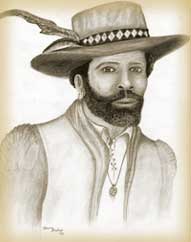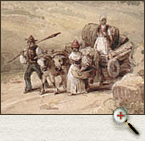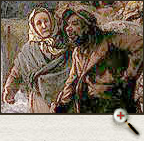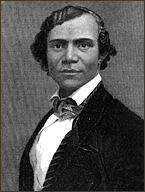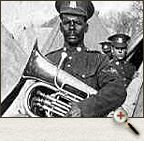Martin Luther King Jr. – A look back at the life of an American icon
Martin Luther King, Jr.
Martin Luther King Jr. was born in Atlanta, Ga., on Jan. 15, 1929. King was a Baptist minister, activist, humanitarian, and civil rights leader who practiced peaceful, nonviolent civil disobedience to protest racial inequality.
In 1964, King received the Nobel Peace Prize for combating racial inequality through nonviolent resistance. In 1965, he helped to organize the Selma to Montgomery marches, and the following year, he and the Southern Christian Leadership Conference (SCLC) took the movement north to Chicago to work on segregated housing. In the final years of his life, King expanded his focus to include opposition to poverty and the Vietnam War, alienating many of his liberal allies with a 1967 speech titled “Beyond Vietnam.”
King was assassinated on April 4, 1968, by James Earl Ray in Memphis, Tenn., while planning a national occupation of Washington, D.C., for the Poor People’s Campaign. Riots broke out in cities around the U.S. in response to King’s death. (AP)



 Shirley Chisholm, 1972.
Shirley Chisholm, 1972.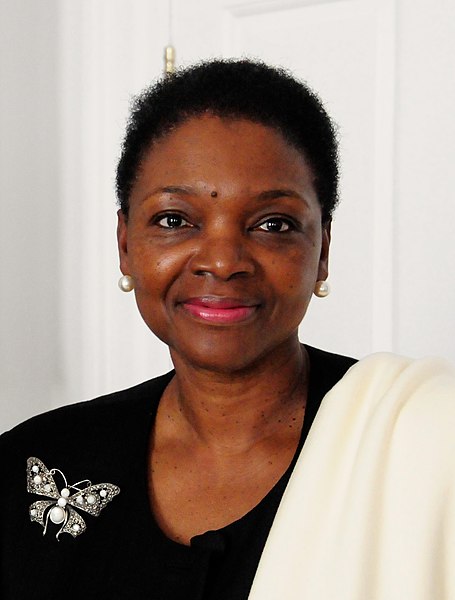

 Ivanka Trump asked her followers to remember “that our nation is stronger, better, and wiser for the contributions of black people” throughout history. (Photo: Andrew Harrer/Bloomberg)
Ivanka Trump asked her followers to remember “that our nation is stronger, better, and wiser for the contributions of black people” throughout history. (Photo: Andrew Harrer/Bloomberg)

 (has she suffered a head injury that has gone unreported and not remember who her father is?)
(has she suffered a head injury that has gone unreported and not remember who her father is?)







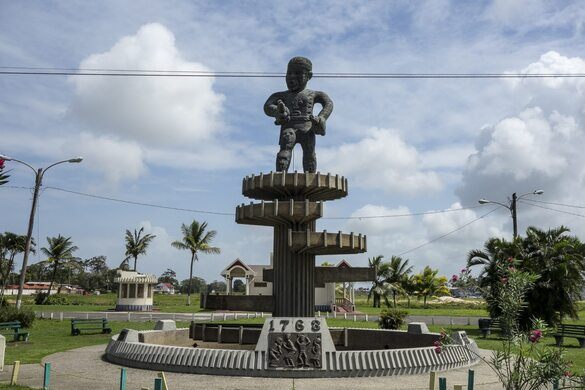

 Hubert Critchlow statue on the lawns of Parliament Building
Hubert Critchlow statue on the lawns of Parliament Building